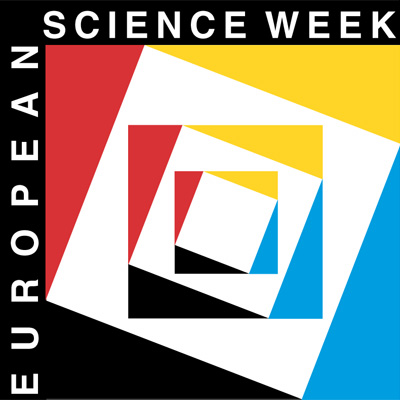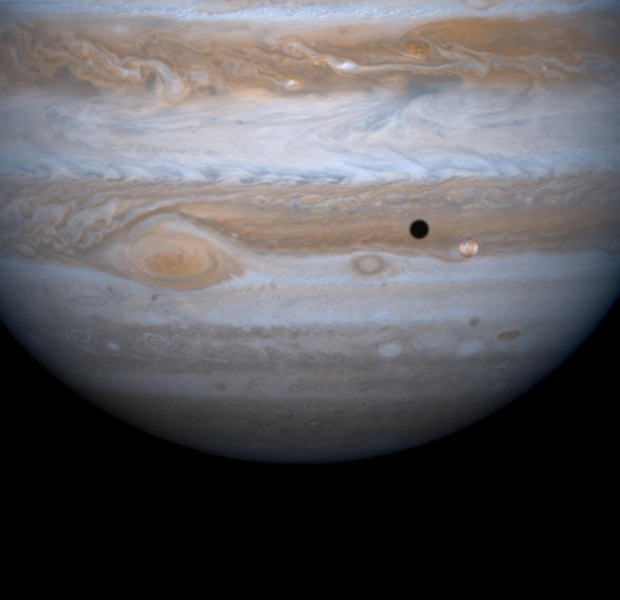

The Venus Transit 2004
... Brief InfoSheet A3
Other transit phenomena in the solar system
With the solar and lunar eclipses, the transits of Venus and Mercury are among the most spectacular and commonly known celestial events. But there are other transit phenomena in the solar system.
There is indeed another case when the orbits are almost equatorial and also lie in nearly the same plane. These conditions are satisfied perfectly by the four Galilean satellites of Jupiter, Io, Europa, Ganymede and Callisto.
The Galilean satellites of Jupiter orbit from east to west as seen from the Earth. Io, the innermost, speeds around Jupiter in just under 2 days. Europa is seen to orbit in 3.5 days, Ganymede orbits in just over 7 days and Callisto orbits Jupiter in just over 16.5 days. Interestingly, the orbits of Io, Europa and Ganymede are locked together: the orbits are all nearly circular and the periods are almost exactly in the ratios 4:2:1. Callisto, the outermost of the four, is not orbitally locked to the other three major satellites and just orbits Jupiter at its own pace.
The unusual nature of the orbits of the satellites is not the only matter of interest in the Galilean moon system. Because Jupiter's polar axis is inclined by only 3 degrees, the Jovian moons can be seen crossing the planet itself or they go through the umbral cone of Jupiter just as our Moon goes through the umbral cone of the Earth during a lunar eclipse.
The crossing of Jupiter's disc by one of its satellites is known as a transit, similar to the transit of Mercury and Venus across the Sun. But the transits of the Jovian moons happen a lot more frequently than a planetary transit of the Sun!
Because the moons cross the disk of Jupiter, they cast shadows on the planet, creating a black spot which is very distinct. Io and Europa are both closer and smaller than Ganymede and Callisto, so they cast smaller shadows. The shadows of Io and Europa on the disk of Jupiter are also fast moving. Io's shadow races across Jupiter in only two hours and Europa's in only 2.5 hours. The shadows are clearly visible against Jupiter's cloud belts and zones as the contrast is high.
Want to know more?
This topic is discussed in a more detailed way in the associated Extended InfoSheet.
Back to the List of Brief InfoSheets.

